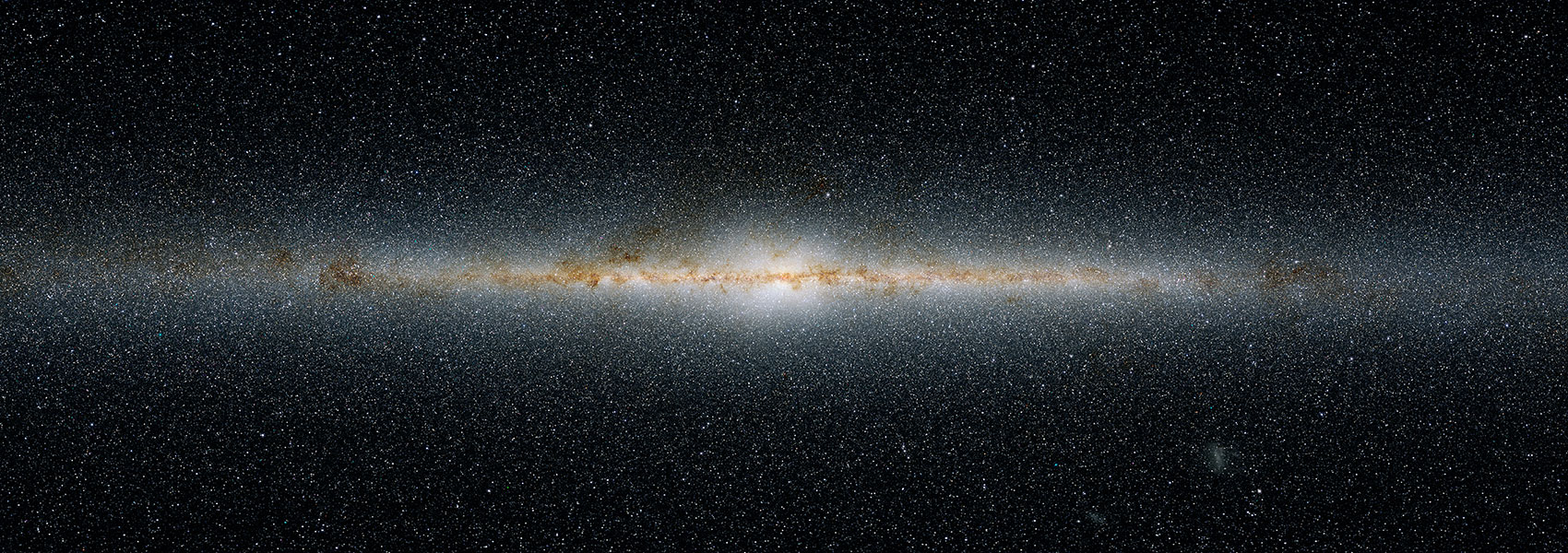
Spectroscopic Constraints on the Mid-infrared Attenuation Curve. I. Attenuation Model Using Polycyclic Aromatic Hydrocarbon Emission
June 2024 • 2024ApJ...967...83L
Abstract • We introduce a novel model to spectroscopically constrain the mid-infrared (MIR) extinction/attenuation curve from 3–17 μm, using polycyclic aromatic hydrocarbon (PAH) emission drawn from an AKARI–Spitzer extragalactic cross-archival data set. Currently proposed MIR extinction curves vary significantly in their slopes toward the near-infrared, and the variation in the strengths and shapes of the 9.7 μm and 18 μm silicate absorption features make MIR spectral modeling and interpretation challenging, particularly for heavily obscured galaxies. By adopting the basic premise that PAH bands have relatively consistent intrinsic ratios within dusty starbursting galaxies, we can, for the first time, empirically determine the overall shape of the MIR attenuation curve by measuring the differential attenuation at specific PAH wavelengths. Our attenuation model shows PAH emission in most (ultra)luminous infrared galaxies is unambiguously subjected to attenuation, and we find strong evidence that PAH bands undergo differential attenuation as obscuration increases. Compared to preexisting results, the MIR attenuation curve derived from the model favors relatively gray continuum absorption from 3–8 μm and silicate features with intermediate strength at 9.7 μm but with stronger than typical 18 μm opacity.
Links


